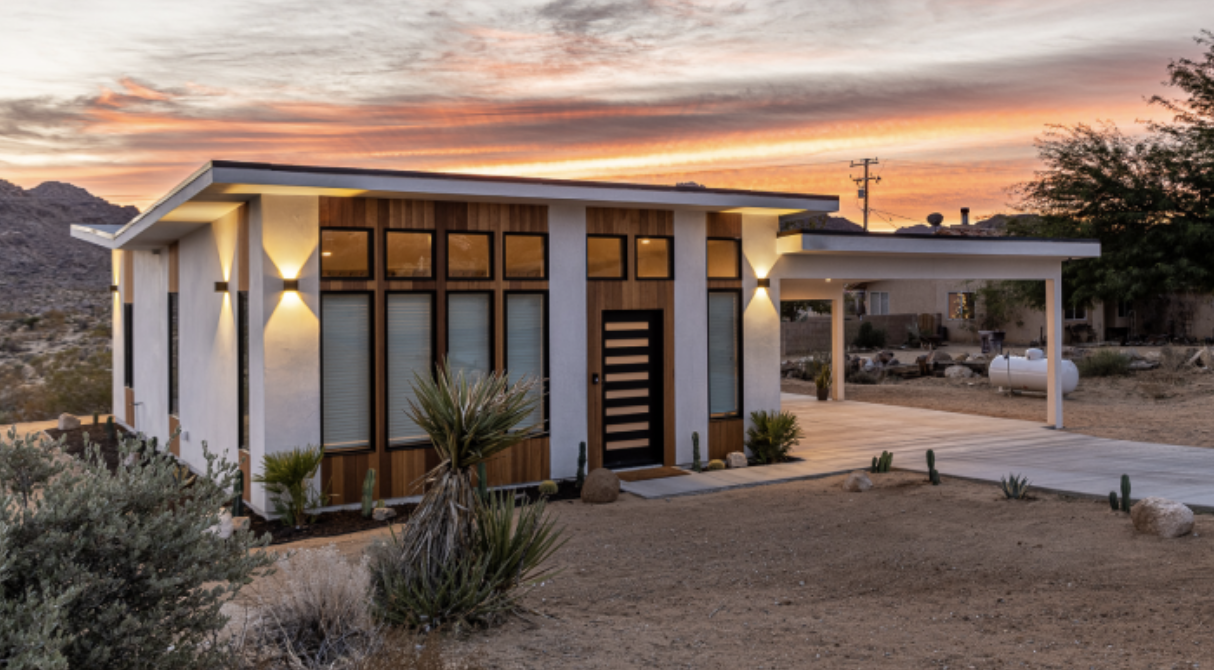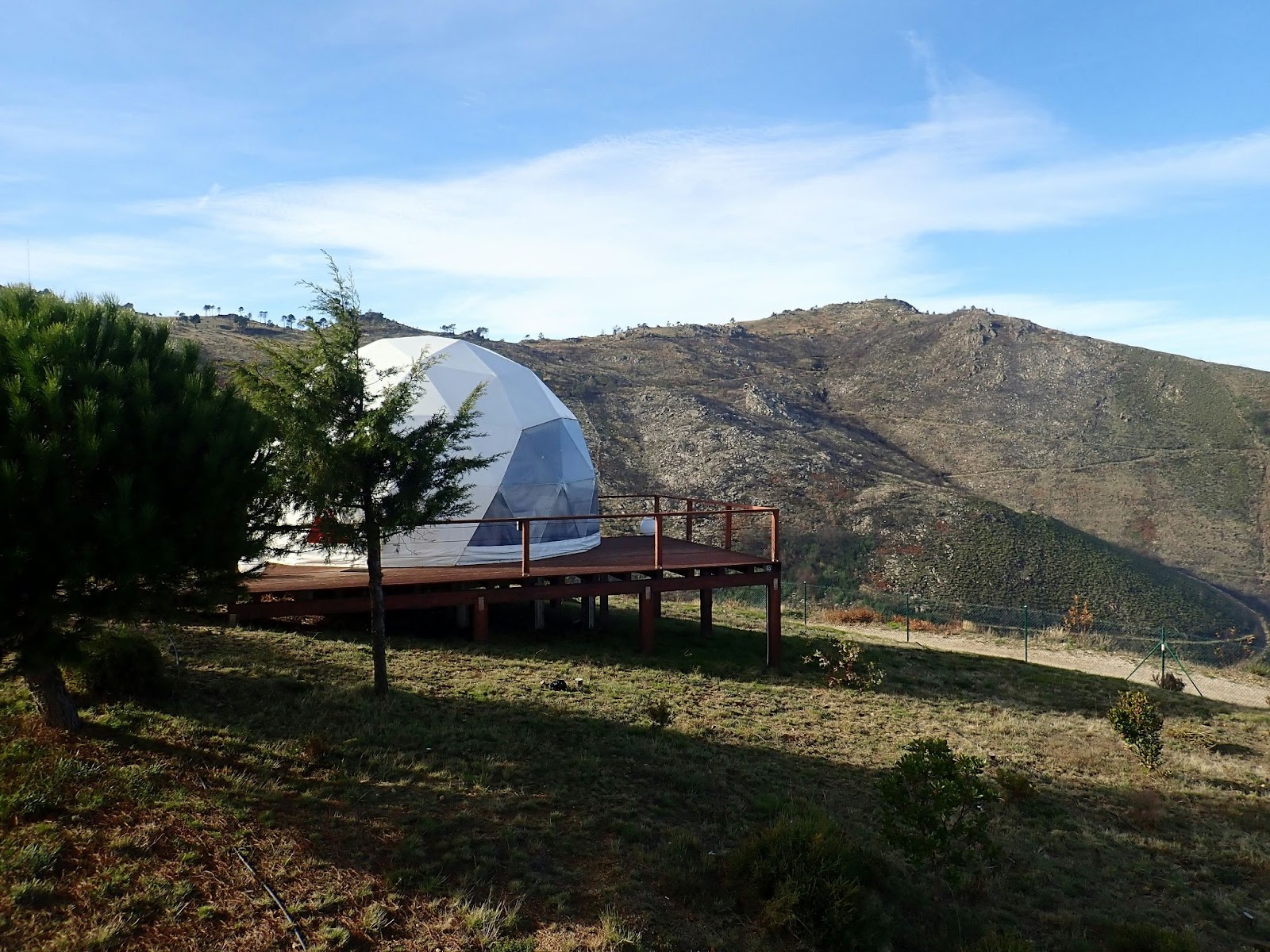How to Break Into Short-Term Rentals (Without a Million Bucks)

Thinking of trying Airbnb as an investment?
Most people never start hosting because they think they need real estate experience, massive savings, or a trust fund.
But sometimes that’s just an excuse to keep stalling and procrastinating.
There are many ways to break into the Airbnb game, no matter what your budget or background is. Let’s jump in.
Rob’s Story: From Cramped Apartment to STR Empire
When my wife and I moved from Texas to LA, we were paying $1850/month for a 600 sqft apartment. Yeah, that sucked.
We were living paycheck to paycheck with huge student loans. But I couldn’t stomach paying rent any longer. I wanted us to have our own home, but breaking our lease would cost $1850. Oof.
That’s when I decided to test out this Airbnb thing for the remainder of the lease.
One of my first bookings? $1600.
That blew my mind.
When we bought our own home for $625K (which we couldn’t really afford), it had a 279 sq ft space under the house. I knew immediately that this was another Airbnb opportunity. I listed that too, and it brought in $2000–$3000 per month.
Combined with the apartment, Airbnb covered up to 75% of our crazy-expensive mortgage.
That’s when it clicked: What if I could do this over and over again?
I built a tiny house in the yard, which generated $2500/month as a long-term Airbnb. And that $625k house we took a chance on? It’s now worth ~$1.25M—mostly paid off by guests.
I didn’t start with a mansion or piles of cash. I started by being resourceful and a little uncomfortable renting rooms to strangers.
And eventually, I scaled to a $10 million portfolio that's still growing.
That’s my story. It’s time to write yours.

5 Ways to Break Into Airbnb Investing (Even If You Have No Money)
Here are five proven paths into short-term rentals—whether you have $100K to invest or $0.
1. House Hacking
Rent out part of your home to offset your mortgage and create cash flow. This could be spare rooms, basements, garages converted to an additional dwelling unit (ADU), or backyard tiny homes. It’s about using what you have to kickstart your investment journey.
✅ Why it works:
- Fastest entry into STRs for homeowners
- Minimal upfront costs if you already own property
- Builds hosting experience with low risk
- Works for different budgets, you can rent a room or a separate unit
- Also works in areas with regulations that require owner occupancy for STRs
⚠️ Downsides:
- Sharing your space with strangers won’t always be fun
- Limited income if you’re only renting out a room
- Converting garages or building ADUs requires a bigger upfront investment.
💡 Best for:
Homeowners looking to fund their mortgage and start small before scaling.
Before you start, research what it really costs to run an STR so you know you can afford it.
2. Co-Hosting
Manage someone else’s Airbnb for a cut of the revenue (between 10 and 30%). You handle guest communication, cleaning coordination, maintenance scheduling and reviews.
✅ Why it works:
- No upfront investment
- Gain STR management experience
- Build a reputation and client base in case you want to become a property manager in the future.
⚠️ Downsides:
- You don’t build any equity
- Income is capped by your management fee
- You need multiple listings to make a significant income
💡 Best for:
People with $0 to invest right now who want to start small, learn STR operations and build credibility.
3. Rental Arbitrage
Lease a property long-term, then rent it out on Airbnb. You pocket the difference after rent and expenses. You need to work together with a landlord who is open to rental arbitrage and can offer you a longer lease.
✅ Why it works:
- You don’t need to buy property to start hosting
- Quick to scale if you find great deals
- Lower upfront cost compared to buying property
⚠️ Downsides:
- You’re still responsible for rent, even if you get no bookings
- Some landlords don’t allow subleasing or STRs—always get written permission
- Your lease can end at any time and not be renewed.
- You build cash flow, not equity
💡 Best for:
Aspiring STR hosts with minimal capital who want to build income before purchasing their own property. This can be a way to save up to buy your first unit later.
4. The Sneaky Rental Strategy
One of the best ways to scale fast in real estate without millions in the bank. You buy a property with a primary residence loan so you can get down payments as low as 3–5%. Then you live in it for 1-2 years (or as required by the loan terms) and convert it into a short-term rental property.
You then repeat the process to build your portfolio. What’s the sneaky part? Avoiding high down payments that stop many investors and hosts before they even start.
✅ Why it works:
- No massive down payments for each new property
- Builds equity while you scale
- Great for long-term wealth building and faster scaling
⚠️ Downsides:
- You need to move house frequently to repeat the strategy
- No immediate cash flow—plan to cover costs for the first 2 years
- You’ll need stable income to qualify for each home loan
💡 Best for:
Patient investors focused on portfolio growth and equity, not quick cash flow.
5. Raw Land and Glamping Units

Can’t afford to buy a house in a STR hotspot? Start with remote land instead. Buy affordable raw land in desirable areas and set up unique glamping units like domes, yurts, safari tents, container homes, or tiny prefab cabins.
✅ Why it works:
- Lower upfront investment than buying or building a house
- Unique stays attract higher nightly rates
- Easier to scale multiple units
- Creating “Instagrammable” experiences drives organic bookings
- Takes less time to build than traditional homes
⚠️ Downsides:
- Permitting and zoning can be complex (always check local regulations first)
- Utility setup (water, septic, electricity) adds to costs
- Requires creative marketing to stand out
- Harder to finance
💡 Best for:
Nature lovers and unconventional investors who want to build unique destination stays with Kai Andrew’s land hacking approach.
Need a step-by-step blueprint on turning raw land into high-profit stays? Watch me and Kai Andrew’s free workshop on the 7-Step Destination Method here.
Fast Track Your STR Journey with Host Camp
Here are a few FREE resources to help you start smarter:
Goal setting & checkpoint worksheet
Rental arbitrage analysis tool
STR property analysis spreadsheet
Rob’s detailed Airbnb shopping list
Rob’s Airbnb House Rules template
Automated guest messaging templates
Almost anyone can start Airbnb hosting. But the best way to start by far is with proven strategies, premium masterclasses, expert coaching and a driven community that’s got your back.
That’s what you get with a Host Camp membership. Master everything from rental arbitrage and house hacking to creating unique glamping stays.
When I started, I had to figure things out the hard way. You don’t.





